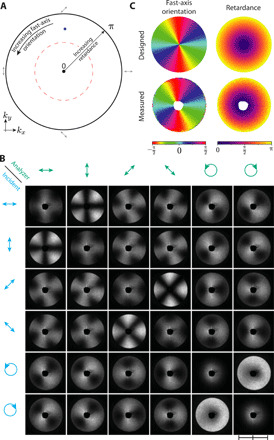Fig. 5. Hologram with a far-field exhibiting waveplate-like behavior.

(A) A metasurface is designed whose far-field diffracts light into a circular disk. Each point in this disk is designed to implement a Jones matrix Ades that acts as a birefringent waveplate. The retardance Δ of this virtual waveplate increases from 0 to π along the radial coordinate, while its fast-axis orientation matches the azimuthal coordinate (as denoted by arrows outside the circle). Within this disk, all possible linearly birefringent waveplates can be found. For example, the perimeter of the disk represents all possible half-waveplate operations, while the red dotted circle in the center represents the set of all possible quarter-waveplates. A blue dot denotes a 3λ/8 plate oriented at 90∘ as a specific example. (B) The metasurface is illuminated with light of variable input polarization (rows) and its far-field viewed through several polarization analyzers (columns), producing a diverse array of patterns. An angular scale bar denotes the cone angle subtended by the far-field with 15∘ divisions. The center of each image is black because the zero order has been filtered away. The color map is identical to that of Fig. 3. (C) Illuminating the metasurface with different input polarization states and imaging its far-field through different polarization analyzers permit reconstruction of the retardance and fast-axis orientation at each point. These closely match design.
